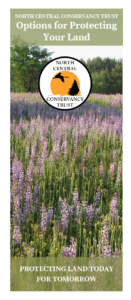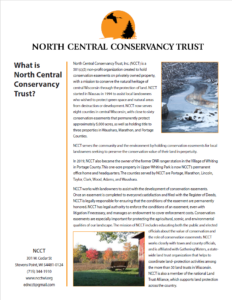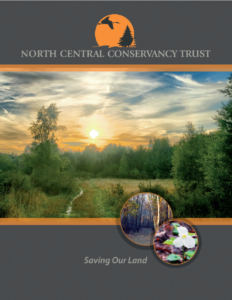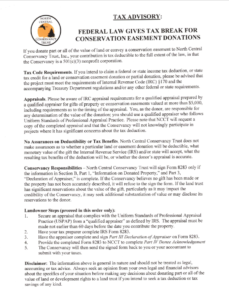Conservation Easements
The development of conservation easements is NCCT’s most common method of land conservation. NCCT works with landowners to develop conservation easements on their properties to protect their land in perpetuity. Once NCCT and the landowner go through the easement development process, the easement will go into effect. It will permanently protect the land using the restrictions laid out in this legal document.
Conservation easements are especially important for protecting the agricultural, scenic, and environmental qualities of our landscape. The mission of NCCT includes educating both the public and elected officials about the value of conservation benefits and the way in which easements can protect them. NCCT works closely with town and county officials and is affiliated with Gathering Waters, a state-wide land trust organization that helps to coordinate land-protection activities among the more than 50 land trusts in Wisconsin. NCCT is also a member of the national Land Trust Alliance, which supports land protection across the country.
Description
A conservation easement is a voluntary land protection agreement between a landowner and a non-profit entity, called a land trust, willing to hold and enforce the easement in perpetuity. The conservation easement is a legal document that becomes a part of the deed, restricting certain activities or uses, or subdivision. What is restricted is up to the landowner and the landowner’s family, although the land trust will have an interest in both what is restricted and how it is stated in the document. The land trust will want to be certain that the easement protects the most important habitats and resources that contribute to environmental quality and aesthetics. This nearly always is also the aim of the landowner. The land trust will also want to avoid restrictions that it cannot easily monitor or enforce, such as hunting rights or trespass. These restrictions are better left to the landowner. Finally, it is important that the document be unambiguous, clearly define the area being protected, and fulfill all legal requirements. To this end, the land trust will ask its attorney, familiar with conservation easements and the legal requirements, to review the final draft and offer any suggestions for improvement. Likewise, the landowner will have every opportunity to contribute to the development of the easement and have it reviewed by an attorney, if desired.
You Retain Ownership & Use
Conservation easements are especially attractive because you retain ownership and use of the property with only restrictions that you have agreed to place on the land. If you choose, you can continue to farm, practice forestry, hunt, lease, or otherwise enjoy your property as always. You can also bequeath, sell, or give your property to whomever you choose. The property will always be restricted by the easement regardless, and the land trust will monitor and enforce the easement.
Does Your Property Qualify?
For your property to be a qualified candidate for a conservation easement it must have one or more conservation values as defined by the IRS. This is also how they determine if a conservation easement will qualify for tax benefits. These conservation values include:
- Wildlife habitat and habitats of rare or endangered species; Watersheds and wetlands, shorelines, etc.
- Forests (including working forest land)
- Aesthetics
- Agricultural and range land
These are all rural assets that make a region more attractive, healthier, and productive, and therefore, are benefits to the public.
More Information
Here are printable documents to help further inform you about conservation easements and the development process. Please feel free to call NCCT if this information does not answer all your questions or if you would like printed copies of these documents mailed to you.




